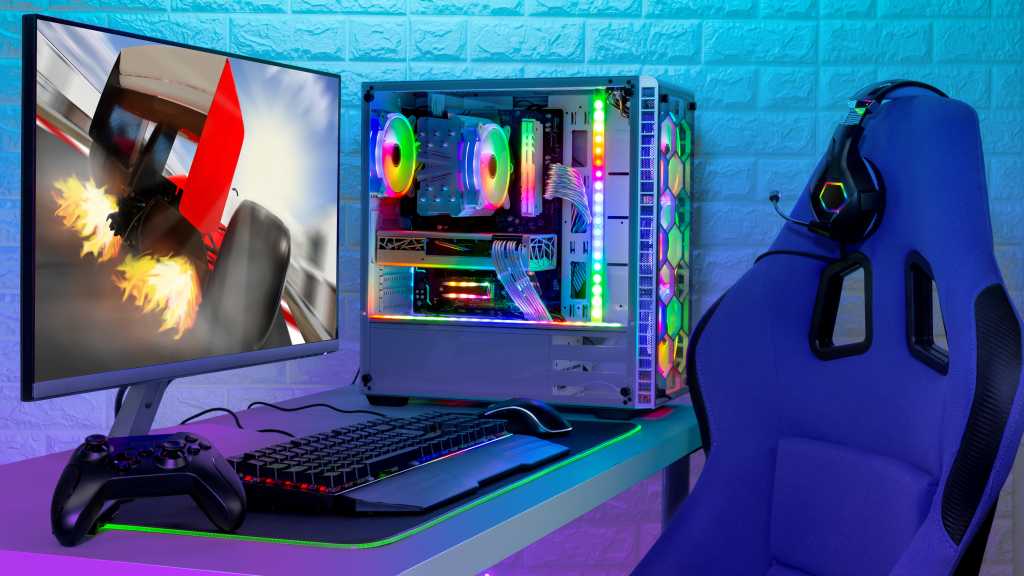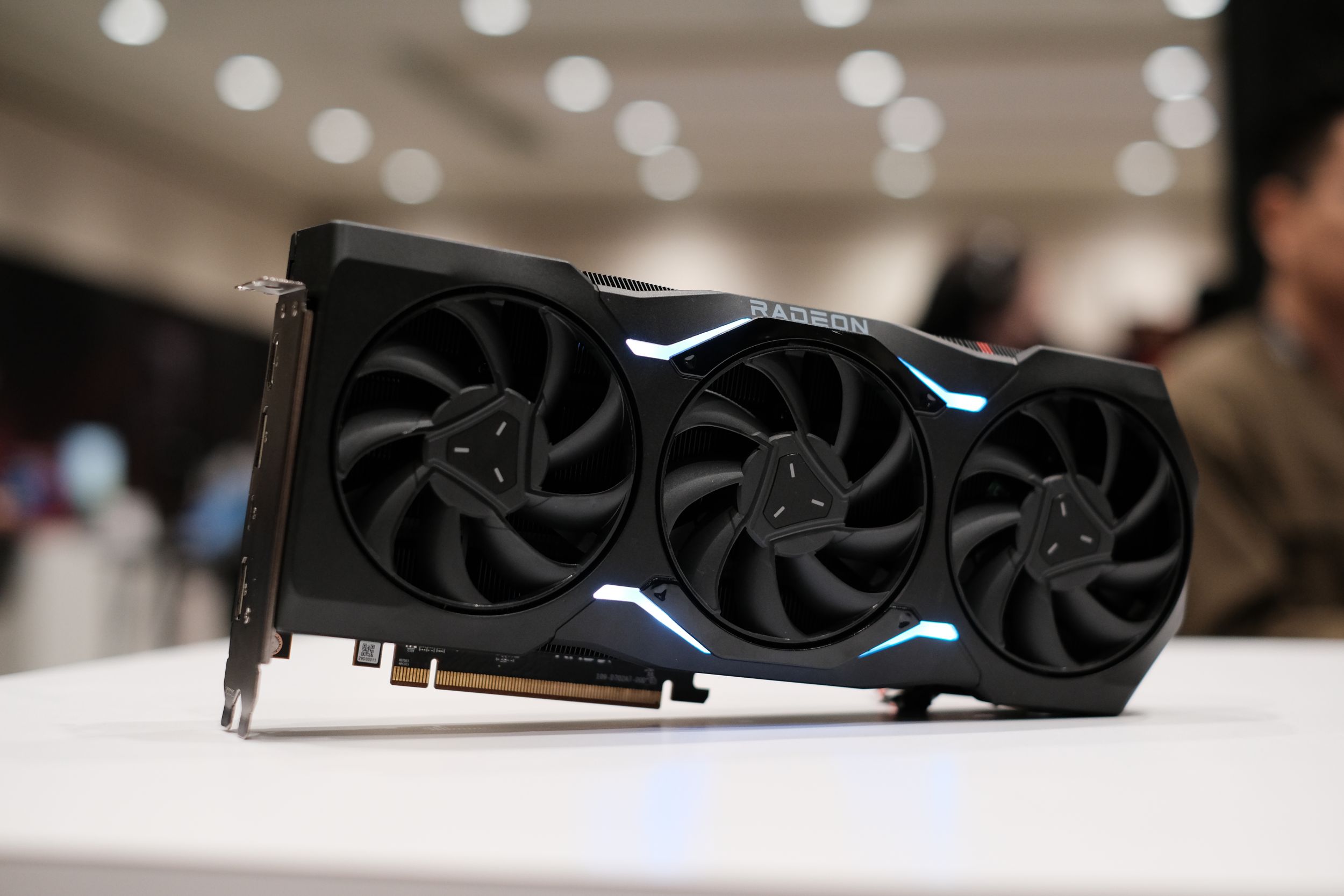## Bottleneck Be Gone! Why I Toss Out the Calculator and Embrace PC Building Chaos
We’ve all been there: staring at a labyrinthine spreadsheet, desperately trying to decipher the cryptic language of PC part compatibility. Is that shiny new graphics card going to be a slave to your aging CPU? Will your RAM turn into a speed bump for your NVMe SSD? Enter the bottleneck calculator, the supposed savior of PC builds, promising to identify weak links before you even power everything on.

Workload Variation

Bottleneck calculators, while helpful in theory, often fall short in their understanding of the dynamic nature of gaming workloads. They tend to operate under the assumption that a CPU and GPU will consistently operate at maximum capacity, regardless of the game being played. This is a gross oversimplification. In reality, different games demand vastly different levels of CPU and GPU power.
Consider the difference between a fast-paced first-person shooter like Counter-Strike 2 and a sprawling open-world RPG like Starfield. Counter-Strike 2 relies heavily on rapid frame rates and low input lag, placing a higher demand on the CPU for processing player actions and AI behavior. Starfield, on the other hand, may push the GPU harder due to its vast, detailed environments and complex lighting effects. A bottleneck calculator might flag a potential issue in a scenario where a high-end GPU is paired with a slightly less powerful CPU, but in practice, the game’s specific demands might render this bottleneck negligible.
Hardware Synergy

Gamers often obsess over individual hardware components, seeking the absolute highest specs in each category. However, a well-balanced system, where components work in harmony, can often outperform a system with top-tier individual parts that don’t quite mesh.
Imagine, for instance, a system with a state-of-the-art CPU but a significantly slower RAM speed. While the CPU may be capable of processing information at lightning speed, it will be bottlenecked by the slower RAM, unable to access data efficiently. Conversely, a system with a powerful GPU paired with a CPU that struggles to keep up may see its performance hindered by the CPU’s inability to feed the GPU with enough data.

The Importance of a Holistic Approach
The key takeaway here is that individual component upgrades should be evaluated within the context of the entire system. Optimizing RAM speed, storage latency, and ensuring a well-matched CPU and GPU combination can yield far greater performance gains than simply chasing the highest individual component specs.
The Human Factor

Performance in gaming is, to a large extent, subjective. What constitutes a “bottleneck” for one gamer might be perfectly acceptable for another. This subjectivity stems from a variety of factors, including individual preferences, playstyles, and even perceived visual fidelity.

Individual Preferences
- Resolution and Refresh Rate: Gamers with high-resolution 144Hz+ monitors may be more sensitive to frame rate drops and perceive a bottleneck even at high frame rates that a 1080p 60Hz player wouldn’t.
- Game Genres: A hardcore competitive FPS player might prioritize the lowest possible input lag above all else, making a slight CPU bottleneck more noticeable compared to a casual RPG player who prioritizes visual fidelity.
Playstyles and Optimization
Furthermore, the use of in-game settings and optimization techniques can significantly influence perceived performance. A gamer who meticulously tweaks their settings to achieve maximum efficiency might not experience the same bottleneck as a player who prefers higher graphical settings without making adjustments.
Ultimately, the concept of a “bottleneck” is not always black and white. While understanding the theoretical limitations of hardware pairings is important, it’s crucial to acknowledge the individual factors that influence perceived performance.
Smart Upgrades, Not Panic Buys
The allure of the latest and greatest hardware is undeniable. But as Gamestanza readers know, making informed upgrade decisions is about finding the sweet spot between performance, budget, and personal needs.
The Value Proposition
Chasing the absolute highest specs often results in diminishing returns. The performance gains from upgrading a component from a high-end to an even higher-end option might be marginal, but the price difference can be substantial. Smart upgrades prioritize value for money, ensuring that each investment delivers noticeable performance improvements.
Timing the Market
The rapid pace of technological advancements means that new hardware is constantly being released. What’s considered cutting-edge today might be surpassed tomorrow. Resisting the urge to make immediate purchases allows for the opportunity to find better deals and potentially upgrade to even more powerful hardware in the near future.
Finding the Sweet Spot
Gamestanza encourages its readers to adopt a strategic approach to upgrades. Before making any investments, consider:
- Your current hardware and its limitations
- Your gaming habits and the types of games you play
- Your budget and willingness to spend
- The potential for future upgrades and technological advancements
By carefully analyzing these factors, you can make informed upgrade decisions that align with your gaming needs and financial resources. Remember, the best upgrade is the one that delivers the most significant performance improvement for the price you pay.
Conclusion
So, there you have it. The humble bottleneck calculator, while seemingly a helpful tool for PC builders, can sometimes be more hindrance than help. We’ve explored how focusing solely on raw numbers can lead to suboptimal builds, neglecting the crucial interplay of components and the dynamic nature of gaming performance. Remember, a PC is more than just a sum of its parts; it’s a finely tuned ecosystem where synergy reigns supreme. The real power lies in understanding your individual needs and preferences. What games do you prioritize? What resolution and refresh rate are you aiming for? These factors, coupled with a healthy dose of research and an understanding of component compatibility, will ultimately guide you towards a build that truly excels. The future of PC building lies in embracing this holistic approach, where informed decisions and a passion for gaming take center stage. Don’t let a calculator dictate your dream rig – design your own masterpiece, one component at a time.
